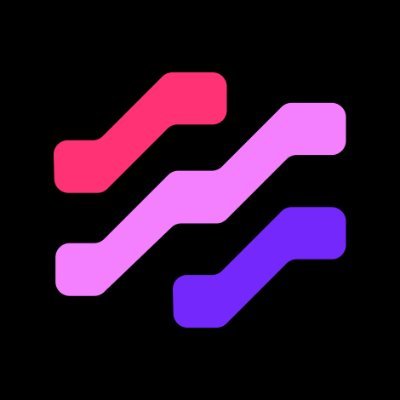What it is
Langflow is a tool that lets you design AI applications by drawing them, instead of writing long streams of configuration or glue code. It started as a visual editor built on LangChain that helps people wire up language models, agents and data sources. Over time it has expanded so flows (the diagrams you draw) can become production tools, with built-in API or MCP servers. You can still use it locally, or host it, and it supports many models and vector databases.
What’s new
The latest Langflow updates focus squarely on usability: flexible theming that adapts across light and dark modes, refreshed component panels, and bundles like JigsawStack that tie together common operations.
Data handling has become more structured, with updated DataFrame tools including a new “contains” filter and broader support in the Structured Output component.
Switching between model providers is more seamless, and the UI continues to polish with small but welcome fixes to layout and export flows.
It’s not just cosmetic, the framework is steadily making it easier to customize, wire up data, and build flows that look as good as they run.
What else is similar to it
If you look around, there are a few tools trying to solve similar problems. Flowise gives you a drag-and-drop builder for workflow and agent setups. Haystack Studio is more tuned to retrieval/use of documents (RAG) but offers visual tooling too. LangGraph Studio (from the LangChain ecosystem) focuses on graph-based agents and tracing. They all let you prototype fast, but each makes trade-offs in how visual vs how flexible vs how easy-to-deploy they are.
Why it’s different
Langflow stands out because the visual flows aren’t just demos: they can immediately become deployable APIs or MCP servers. You don’t draw something and then copy-past tons of code later. The architecture supports many model providers, vector stores, tools, and the “bundles” (groups of related components) mean less reinventing. Also, the licensing is open source (MIT), so organisations can adopt it without worrying about license costs. For someone non-technical, the promise is: sketch your idea, run it, share it, all without getting lost in backend complexity.
How to get started
- Go to langflow.org and clone or fork the GitHub repository to see the code.
- Install locally via the Quickstart guide in their docs and run langflow to open the visual editor in your browser.
- If you prefer containers, follow Docker instructions or use their Helm charts to deploy in hosted environments.
- Browse the component library in docs to see what blocks you can use (e.g. model nodes, tool nodes, vector store nodes).
- Keep an eye on the “Release Notes” page for changes in UI, performance, components (often with new screenshots) so you know when to update.
